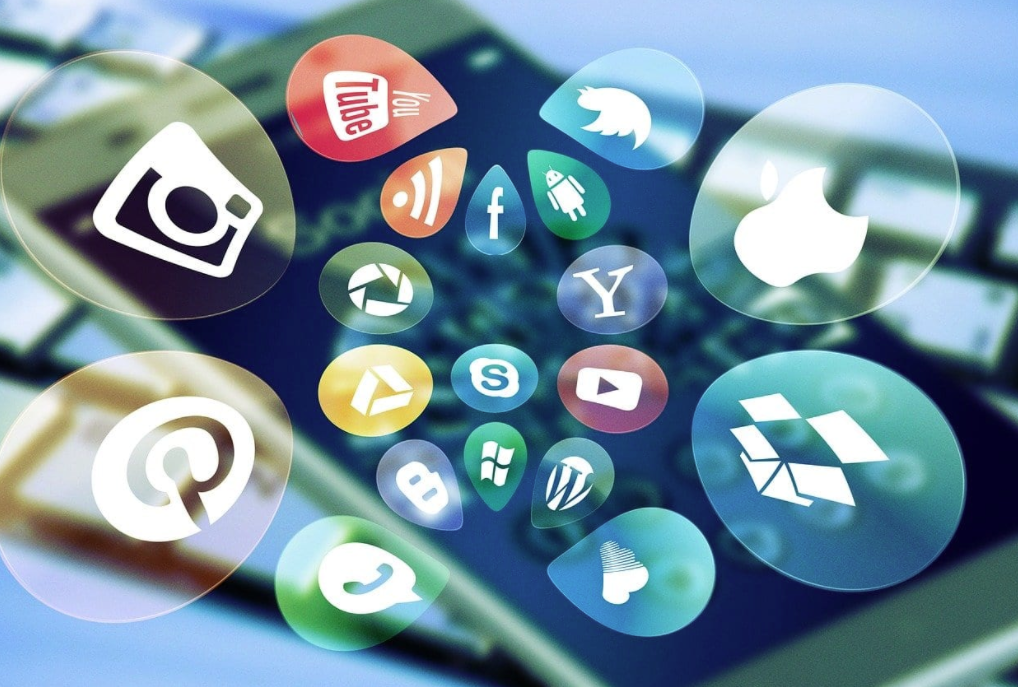


Social Media Platforms Fight Back Against Manipulative Foreign Actors
From the American University School of International Service Disinformation Research Team writing in Homeland Security Today:
- Although Americans expect to encounter disinformation via social media platforms in the run-up to the 2020 elections, many continue to consume news online primarily via social media.
- Foreign actors have used social media to increase discord in the United States, capitalizing on racial and economic tensions, and have even attempted to illegally influence U.S. political processes.
- Social media companies are combating foreign actors’ efforts to influence and manipulate Americans via social media.
- Social media companies have a responsibility to protect Americans from manipulation and disinformation by foreign actors on their platforms.
- Social media companies’ preventative efforts to curb foreign actors are part of a larger societal effort to protect against disinformation, but more research and action are needed as disinformation efforts evolve.
Social media companies are taking meaningful steps to curb the efforts of foreign adversaries to influence the American people. Foreign actors have been manipulating our ability to think and our access to truthful information. Polling shows a large majority of Americans expect to encounter disinformation on social media in the run-up to the 2020 elections. Despite that expectation, Americans continue to use social media as a primary vehicle to consume news. U.S.-based social media companies have a responsibility to combat foreign interference taking place via their platforms, especially those with large American user bases.
The steps that some of the largest social media companies have taken show their determination to combat disinformation. In addition to the ongoing efforts that Facebook has been exerting to fight disinformation, the company recently announced it would begin blocking state-controlled media outlets from purchasing advertising in the United States this summer, and begin adding labels so users can identify posts from state-controlled outlets. Instagram, a Facebook-owned platform, has also taken steps to combat disinformation. Twitter introduced new labels and warning messages for posts that contain misleading information on COVID-19, and is considering labeling other tweets that could mislead or confuse users on other topics.
How did we get to this point?
These efforts fit into a broader context of preventing foreign adversaries from manipulating U.S. current events. For example, foreign actors have attempted to utilize disinformation to exacerbate and exploit pre-existing racial tensions domestically, to promote extreme points of view, and to illegally influence American political processes.
- The protests against the Minneapolis Police Department following George Floyd’s death in May 2020 are a prime example. According to a review of social media activity by Politico, Chinese- and Russian-backed outlets retweeted more than 1,200 times about U.S. domestic affairs, using hashtags like #BlackLivesMatter and #Minneapolis. These digital actors portray the U.S. as a country on the brink, often highlighting the perceived hypocrisy of America’s rebukes of Moscow and Beijing’s civil rights abuses.
- Similar disinformation efforts surrounded the killing of Michael Brown in 2014 and the emergence of the #BlackLivesMatter and #BlueLivesMatter movements. Twitter accounts associated with the Internet Research Agency (IRA, a Russian government-backed online disinformation promoter) were particularly active during that period. They mixed retweets and links to both mainstream news sources and more inflammatory conspiracy-promoting sources in an effort to normalize and promote more extreme views. The IRA’s actions manipulated discussions on the platform to increase divisions in the minds of Americans across the spectrum of opinion. Foreign efforts to further divisions even extended from social media into physical action when a Russian-run Facebook group managed to manifest its online presence into thousands of protesters in New York City.
- In another example of disinformation, less than a month after the first reported COVID-19 death in the United States, Chinese officials attempted, without requisite evidence, to paint the U.S. Army responsible for the pandemic. This was among the latest illustrations of ongoing Chinese information warfare. Meanwhile, the Russian government spun information to shift blame to the United States and other Western countries.
- As discussed by the U.S. Senate Select Committee on Intelligence, Russian operatives, via IRA, used social media to conduct an information warfare campaign designed to spread disinformation and societal division in the U.S. This campaign sought to polarize Americans on the basis of societal, ideological, and racial differences, provoked real world events, and was part of the Russian government’s covert support of its favored candidate in the 2016 U.S. presidential election.
For the rest of this provocative piece, click here.